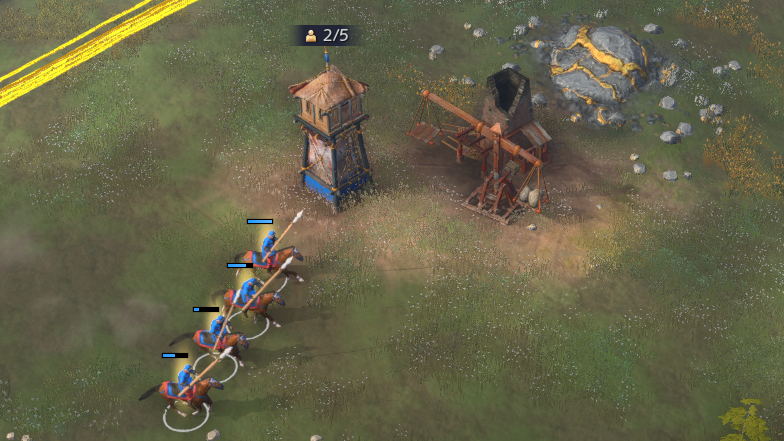
"We knew we wanted to make a modern version of Age, but we also wanted to make a game that felt like Age of Empires and would be immediately relatable to the core community," game director Quinn Duffy said at a recent roundtable, where members of the AOE 4 team talked about the game in-depth for the first time.
The political history of this region during the fourteenth and fifteenth century, it is argued, pivoted around the struggle to maintain control over the regional system by a series of pastorally-based Mongol successor states, with varying levels of success, following the collapse of the Ilkhanate in 1335.So much time has passed, and other strategy games have evolved and iterated how RTS works. 1258-1335), geared as it was to the socio-economic needs of pastoralists, the main source of military manpower.

Before the rise of these early modern empires, this region comprised an essential part of the regional system developed under the Ilkhanate (ca. The marginalization of Eastern Anatolia must be understood in the context of the Ottoman-Safavid conflict during the sixteenth and seventeenth centuries. This paper calls into question the conception of Eastern Anatolia,3 together with the neighboring regions of the Jazira and Azerbaijan, as a politically marginal frontier territory in the fourteenth and fifteenth centuries. Indeed, the Aqquyunlu represented the last of such empires founded in the territory of the defunct Ilkhanate.

Woods' The Aqquyunlu: Clan, Confederation, Empire, a groundbreaking work which details the rise and fall of the Turkmen dynasty ruling in eastern Anatolia, the Armenian highlands, the Jazira and western Iran, when this so-called fron¬ tier region formed the heart of an expansive yet short-lived pastoralist empire. The political history of western Asia during the fourteenth and fifteenth centuries, from the collapse of the Ilkhanate until the rise of the Ottomans and Safavids, remains an understudied and insufficiently understood period, especially for the frontier regions between these two so-called gun-powder empires.2 The most thorough treatment of this period may be found in John E. POST-MONGOL PASTORAL POLITIES IN EASTERN ANATOLIA DURING THE LATE MIDDLE AGES1 Introduction : writing the history of the Mongol successor states


 0 kommentar(er)
0 kommentar(er)
